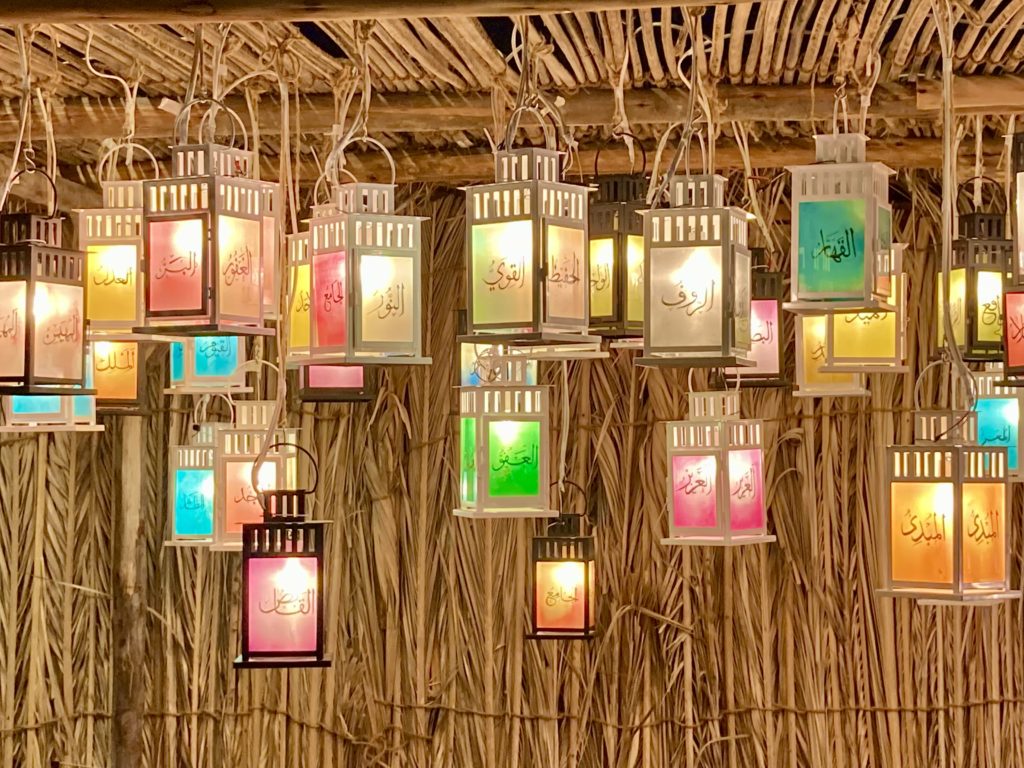Disappointment & The Parable of the Waterfall
07/01/2022“Life can be counted on to provide all the pain that any of us might need,” someone has said.1 The key, therefore, is not outmaneuvering pain, but learning how to suffer through it well.
This is not always our natural response, but it can become so. We can grow. We can learn to take pains to depart from the natural reactions of protest, pride, and self-protection. And we can find an epiphany in that departure.
Here is how:


1) Understand the companionship of your creator in your sorrows.
What we find in the revelation of God through Christ is the clear message that the Lord is in solidarity with our sorrows.
“He grew up before Him like a tender plant, and like a root out of the dry ground.” (Is. 53:2) He willingly entered into our darkness as a vulnerable life — for that is what vulnerable means in its Latin original: “woundable.”
He permits us to bruise Him, knowing that each successive blow brings us closer to discovering that He suffers on our behalf, that we might be saved.
But this salvation often comes not in the form of the removal of pain, but rather companionship through it. For our core need is not pain relief. It is to know we are not alone. It is from this place of deep friendship with the creator that all things — relief included — spring up as forms of the Lord’s self-giving love.
And without His love, we and our self-driven relief efforts come to nothing.

2) Understand that suffering is a sign the story is not over, for the end of the story always involves joy.
The resurrection of Jesus testifies a way has been made to the other side of pain, sorrow, and tears. Therefore, we can conclude that our own season of suffering shows we are still on the road to the renewing, redeeming and restoring of all things that Christ’s resurrection implies.
We can hold onto hope.
Where does Peter find the Lord after the double devastation the disciple suffers over his own betrayal and his Lord’s death? Cooking for him on the seashore, fully alive. “Come have breakfast with me.” (Jn 21:12) It is the same for us in our suffering.
Discovering the resurrection for ourselves “is an explosion of joy,” writes Dimitru Staniloae, “the same joy which the disciples felt when they saw the risen Savior.” 2
Let us therefore bend toward our Lord when pain bends us down, rather than bending away from Him, so that our suffering becomes a sign of the resurrection He has prepared for us after the likeness of His own.
If we do this, we may smell the aroma of the breakfast He is preparing for us even before we catch sight of Him.

3) Understand that the deeper the disappointment, the deeper the divine encounter.
Because of His faithful, suffering, self-giving love, our Lord is committed to not a single shred of our sorrows being wasted.
In the same way He commanded that the leftover portions of bread and fish be gathered, “that nothing be wasted” after feeding thousands of people (Jn 6:12), the Lord commands that no fragment, element, or part of our lives remains outside the care of his compassion.
This is how the deep wounds become places of encounter with Him.
In the same way a waterfall is more inspiring and comforting to the degree of its height — for the abyss into which it flows is precisely that deep — even so the depth of the Lord’s life-giving care reaches into us precisely to that degree.
“Deep calls to deep at the roar of your waterfalls. All your waves and breakers have washed over me.” (Ps 42:7)
The gouges, gashes, and chasms which pain forges in us are the very spaces where His graces are committed to penetrate as completely as the rivers reaching the caverns beneath Victoria Falls, or Guyana’s Kaieteur, or Niagara.

If we understand these three things, namely:
- the companionship of our creator in our sorrows
- that suffering is a sign the story is not over, for the end of the story always involves joy
- the deeper the disappointment, the deeper the divine encounter
then there is a chance we will not lose heart in our pain.
And we always gain more than we lose if we do not lose heart. Always. His faithfulness to His part in the above three things assures us so. The Creator, ever creative, is working together for good all these things. (Ro 8:28)
Only, let us lean on His faithfulness. Like lamenting Jeremiah (Lam 3), let us “go there” with Him — honestly pouring out our pain to Him — until we “get there” — the place of companionship, hope, and encounter.
It may even be that one day, years from now, we are actually grateful for what has happened to us. The waterfall will have washed over every last boulder of the ruin and made it beautiful.
© Kurt Mähler

- Unreferenced quote from Ray Mayhew’s essay, “Choose Joy.”
- From Staniloae’s Theology and the Church, tr, Robert Barringer. St. Vladimir’s Seminary Press, 1980.

Thanks Kurt. A good word and a good reminder!
You are quite welcome, Grant!